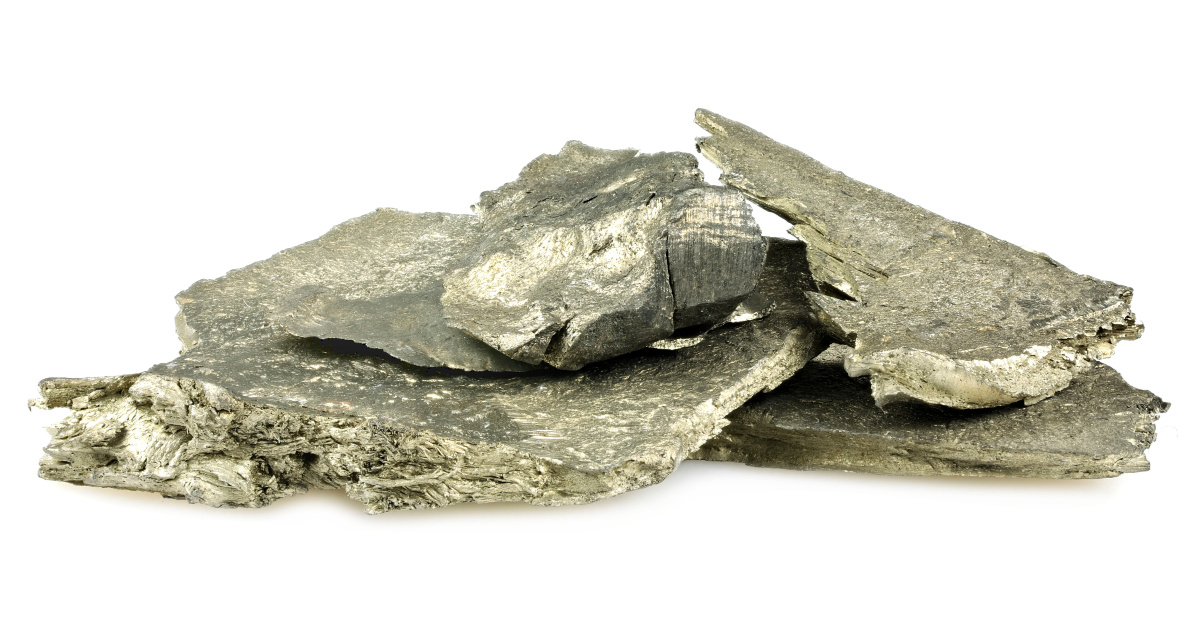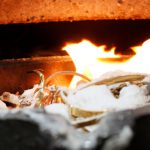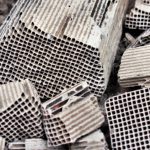Rare earths are elements that are actually quite abundant in the earth’s crust. They are called rare, however, because they share many common properties that make them difficult to separate from each other.
The rare earths (there are 17 elements in total) are silver, silvery-white or gray metals and have high electrical conductivity, which is why they are in demand for use in consumer electronics, computers and networks.
According to data from a 2018 US Geological Survey, China is the world’s largest producer of rare earths, with a domestic output of 120,000 megatonnes last year. It’s worth noting that while the country has taken steps to clamp down on environmentally non-compliant rare earth mines, illegal rare earths mining is still a problem in the country.
Behind China, the top countries for rare earth metal production include:
- Australia (20,000 MT)
- United States (15,000 MT)
- Myanmar (5,000 MT)
- Russia (2,600 MT)
- India (1,800 MT)
- Brazil (1,000 MT)
- Thailand (1,000 MT)
- Burundi (1,000 MT)
- Vietnam (400 MT)
Looking at the outputs, it’s not surprising the U.S. depends on China for 80 percent of its rare earth imports. But if China were to cut off its supply to America, as they’ve threatened to do in the midst of the current trade war, where would the U.S. get its rare earth metals? Wyoming, perhaps.
Bear Lodge, located near Sundance in the Bear Lodge National Forest in Northeast Wyoming, is home to one of the richest and highest-grade rare earth deposits in the North America. According to Rare Element Resources, it has an estimated 18 million tons of rare earth. Bear Lodge, however, is idle.
Rare Earth Resources had been exploring the area since 2004, and in 2016, got the green light to mine the rare earth at Bear Lodge. The project, however, was put on hold before it even got off the ground when rare earth prices nosedived.
The prospects for rare earth mining in Wyoming picked up steam again after the Trump Administration released its Federal Strategy to Ensure a Reliable Supply of Critical Minerals. The strategy would help RER cut through regulatory red tape.
Right now, the only operating rare earths mine in the U.S. is the Mountain Pass Rare Earth Mine, just north of the unincorporated community of Mountain Pass, California.
Because they chemically bond to each other and surrounding dirt, rocks and mineral sediment, the biggest challenge isn’t finding rare earth metals—it’s harvesting them. The process is also more costly in the U.S. since refining and separation plants have to meet far higher environmental standards.
If China were to cut off its supply of rare earth, the U.S. can just develop their own rare earth supply, whether it be from Mountain Pass, Bear Lodge, or both.












